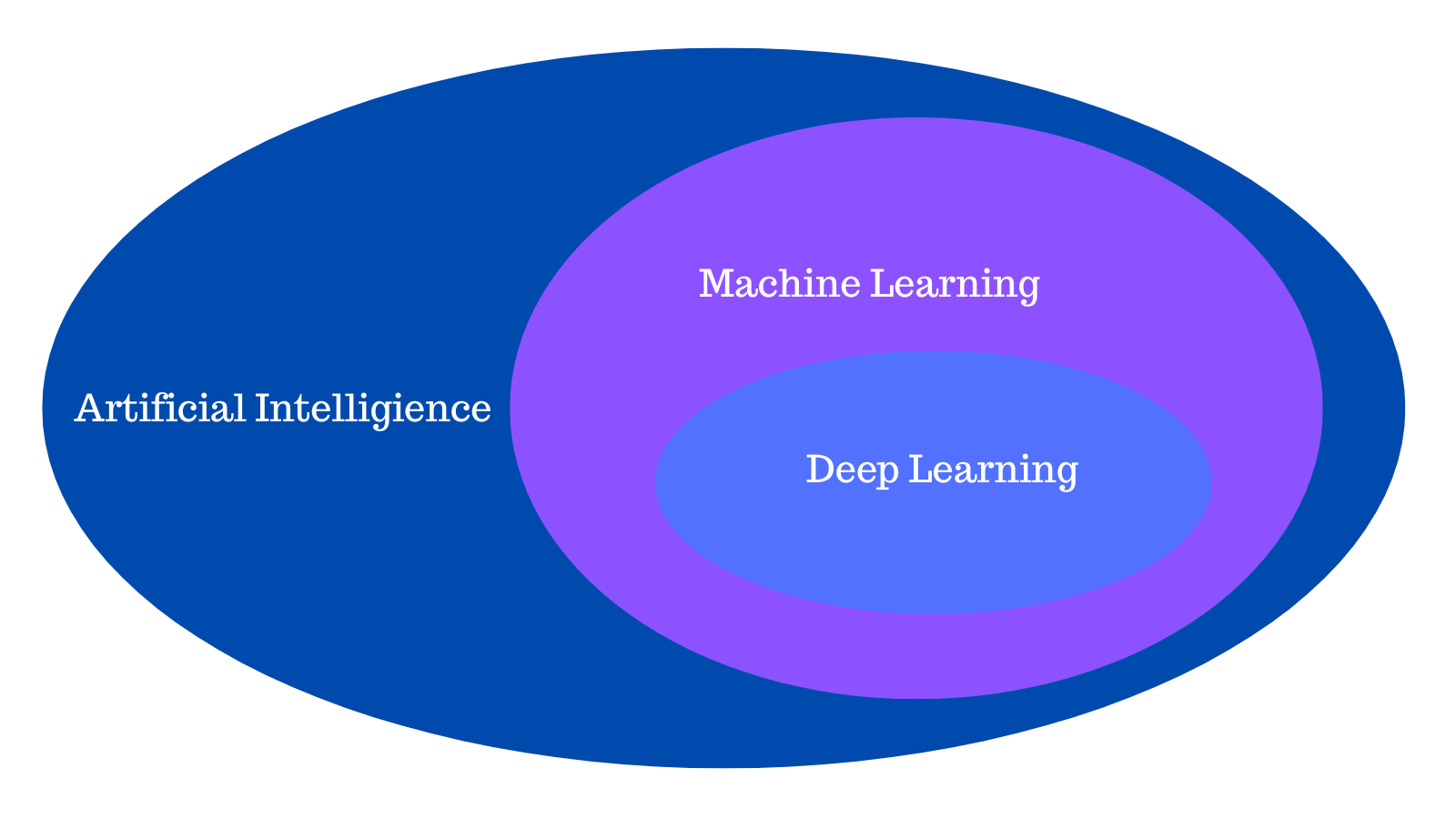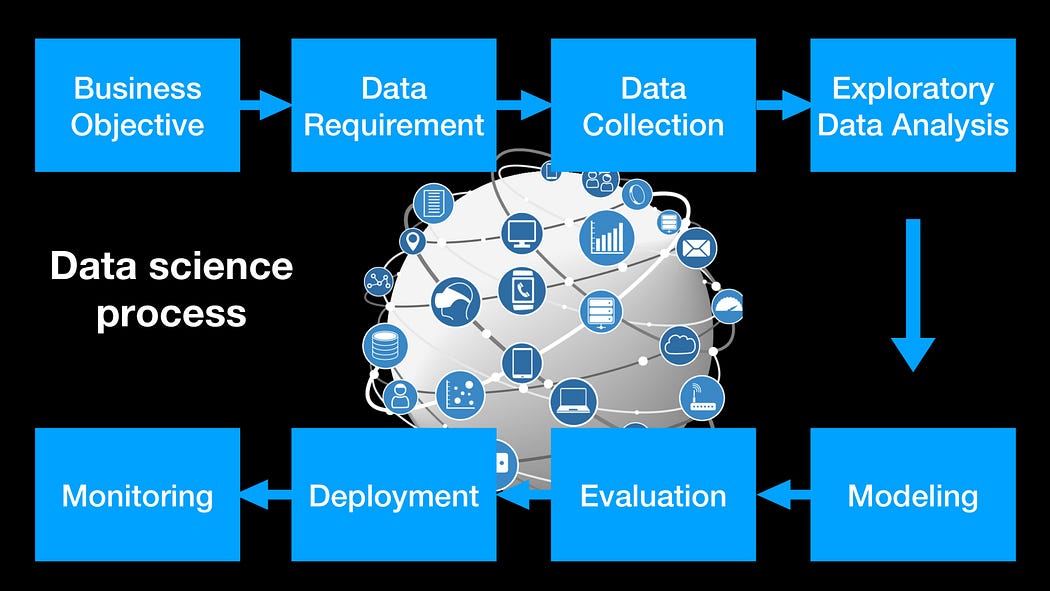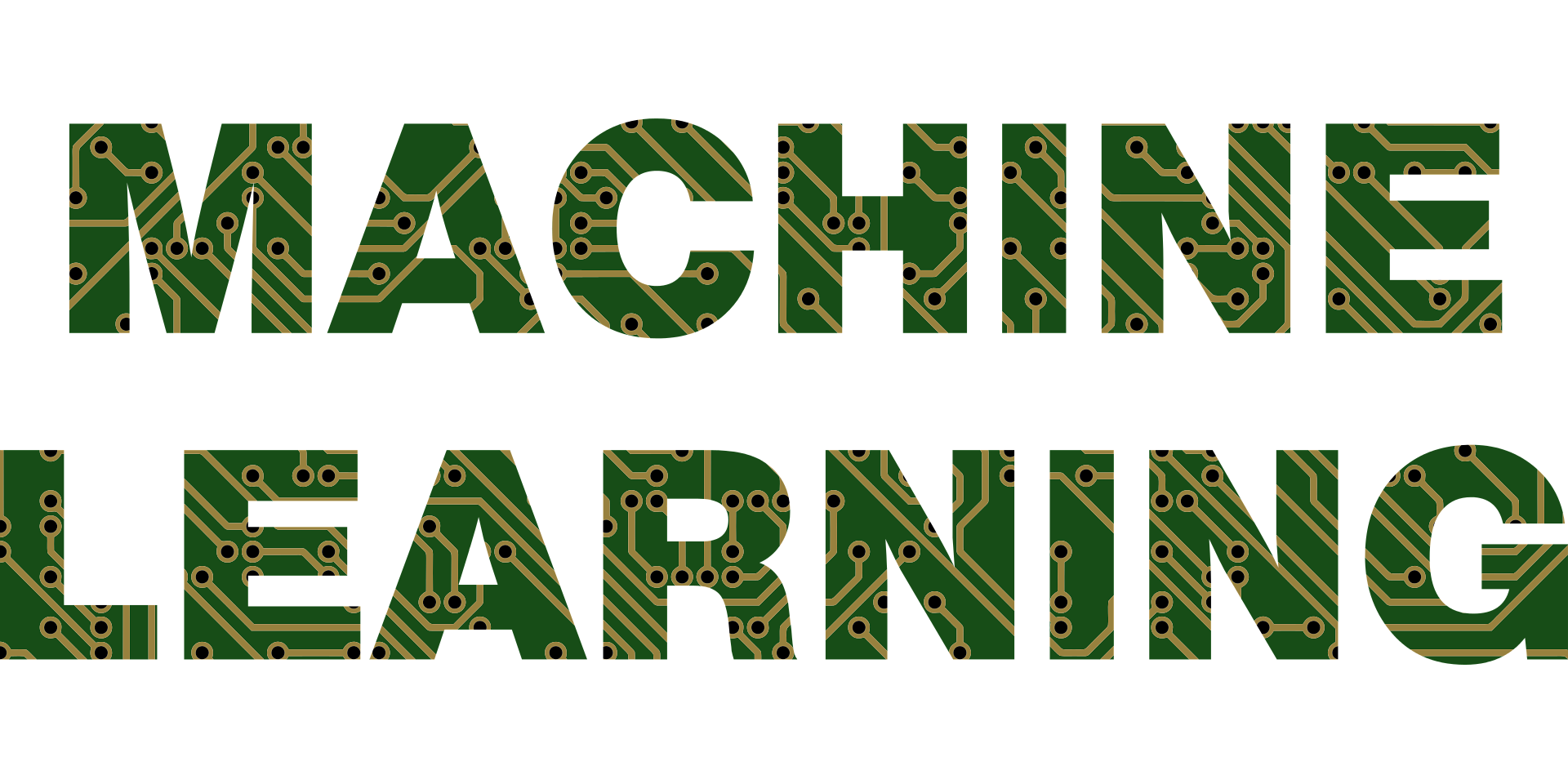Machine Learning Fundamentals
 Eniola Ajala
Eniola Ajala
Introduction
Artificial intelligence is defined as leveraging computers or machines to minimize the problem-solving and decision-making capabilities of the human mind. It's a science devoted to making machines think like humans.
Machine Learning is a subset of artificial intelligence that is more focused on the use of various self-learning algorithms that drive knowledge from data in other to predict outcomes.
Deep Learning is a further subset within machine learning, deep learning is a type of machine learning that's inspired by the way our brains work. Imagine yourself teaching a computer to understand and recognize things, like telling it the difference between a cat and a dog in pictures. In traditional programming, we'd have to give the computer a lot of specific instructions about what makes a cat and what makes a dog. But in deep learning, we let the computer figure out some of these things on its own, kind of like how our brains learn by looking at lots of examples.

What is Machine Learning (ML)?
Machine learning is a subset of artificial intelligence (AI) that focuses on the development of algorithms and models that enable computers to learn from and make predictions or decisions based on data.
Machine learning is the study of computer algorithms that improve automatically through experience.
It allows computers to discover hidden and useful insights from data
We feed examples to the system and the Machine learning algorithms provide us with the required results.
In simpler words, Machine Learning is a new way of communicating your wishes to a computer
What is a Machine Learning Model?
Imagine you want to teach a computer to recognize a cat and a dog. A machine learning model is like showing the computer hundreds of pictures of cats and dogs and telling it which ones are cats and which ones are dogs. The model learns from these examples and figures out the differences between cats and dogs by itself. Then, when you give it a new picture, it can make an educated guess about whether it's a cat or a dog based on what it learned. It's like training the computer to become a pet detective for pictures!
A machine learning model is like a magical box that helps us predict what we want. In the example above we want to predict whether a picture has a cat or dog. Another example is spam detection, in this case, we would be predicting whether an incoming email should land in our inbox or the spam box.
Processes Involved in Machine Learning
In the world of tech, imagine computers getting smarter by learning from examples, just like how we learn by trying things out. In this part of the blog, I will be showing the processes of machine learning. Get ready to explore how computers become like clever friends that learn and grow with every new experience.

Credits: Online source
I would be writing explicitly about these processes in another blog post.
Machine Learning Use Cases
Now let's explore some areas where machine learning is used. The examples below showcase the diverse applications of machine learning across various industries, transforming the way we interact with technology and enhancing decision-making processes.
Fraud Detection: Financial institutions employ machine learning to identify unusual patterns and anomalies in transactions, Machine learning in this case will help in detecting whether a transaction is fraudulent or not thus enhancing security.
Email Spam Filtering: ML helps in categorizing whether a particular email should go into the inbox or spam box
Image Recognition: Machine learning powers applications that can identify and classify objects within images, such as facial recognition for security, detecting diseases from medical images, and identifying objects for autonomous vehicles.
Natural Language Processing (NLP): NLP techniques enable machines to understand and process human language. Use cases like chatbots for customer support, sentiment analysis for social media monitoring, and language translation.
Recommendation Systems: Machine learning drives recommendation engines that suggest products, movies, music, and content tailored to individual preferences, enhancing user experiences and engagement eg music recommendations on Spotify, and product recommendations on platforms like Amazon, and Jumia.
Predictive Analytics: Organizations use machine learning to predict future outcomes based on historical data, optimizing business decisions, such as predicting sales, stock prices, or equipment failures.
Healthcare Diagnostics: Machine learning aids in diagnosing diseases by analyzing medical data like X-rays, Cancer, and genetic information, helping doctors make more accurate and timely diagnoses.
Autonomous Vehicles: Machine learning plays a vital role in self-driving cars, allowing vehicles to perceive their surroundings, make decisions, and navigate safely.
Speech Recognition: Voice assistants like Siri and Google Assistant utilize machine learning to understand spoken language and perform tasks, such as setting reminders, sending texts, or making calls.
Text Generation: Machine learning models can generate coherent and contextually relevant text, used in applications like content creation, automated report writing, and creative writing assistance.
Important Keywords
Label/Target/Output variable: is the variable of a dataset about which you want to gain a deeper understanding.
The image below shows a snippet of the Titanic dataset, the column marked with red lines is the Target variable in this case. The goal of the model is to predict whether a passenger survived the Titanic disaster, given their age, sex and a few other features.

Predictor/Input variables/features: These are one or more variables that are used to determine or predict the "Target Variable".
The image below shows a snippet of the Titanic dataset, the columns marked with yellow lines represent the input variables/predictor. These columns will be used to correctly predict the "Target variable" (which is "Survived").

Types of Machine Learning
Great job following this blog so far!
Now, I will be writing about types of machine learning in detail so you can understand when to use these algorithms along with their applications.
There are several algorithms used in the field of machine learning to solve complex problems, and each of these algorithms can be classified into a certain category.
The different types of machine learning algorithms include:
Supervised Learning
Unsupervised Learning
Reinforcement Learning
Supervised Learning
This technique uses labeled data to train machine learning models. Labeled data means the output is already known to you, the model just needs to map the inputs to the output.
Supervised learning is used to solve two types of problems which are:
Classification
Regression
Unsupervised Learning
This learning technique uses unlabeled data to train machines. Unlabeled data means that there is no fixed output variable. The model learns from the data, discovers patterns and features in the data and returns an output.
It's called unsupervised learning because there are no correct answers and there is no teacher. Algorithms are left to their own to discover and present the interesting structure in the data.
Unsupervised learning = learning without supervision
Reinforcement Learning
Reinforcement learning trains a machine to take suitable access and maximize reward in a particular situation. It uses an agent and an environment to produce actions and rewards. The agent has a start and an end state but there might be different paths for reaching the end state like a maze. In this learning technique, there is no pre-defined target variable.

Kudos you made it to the end! I celebrate you!
Finally, our journey into the world of machine learning fundamentals has been quite an adventure!
Through this blog, we've discovered how machine learning is used in different areas, like healthcare, financial institutions, entertainment etc. It's changing the way we do things and how we understand the world.
But remember, what we've explored here is just the fundamentals. So whether you're someone who wants to work with data, enjoys playing around with computer code, or just really likes learning about cool things, know that there's always more to learn.
Just keep exploring and trying new things. Machine learning is like a big niche with lots of exciting stuff waiting to be discovered. The things you have learned here are like the first steps on a big adventure. Here's to looking ahead and getting excited about all the amazing things machine learning will bring in the future!
Thanks for reading. Watch this space for more posts on cool tech stuff.
Subscribe to my newsletter
Read articles from Eniola Ajala directly inside your inbox. Subscribe to the newsletter, and don't miss out.
Written by

Eniola Ajala
Eniola Ajala
👋 Hey, I'm a tech writer, making tech easy for newbies. 📚✨ I'm on a mission to decode tech concepts, from AI to web development, using relatable examples 🌐🔍 Join me on this journey to demystify tech—let's learn together, one article at a time! 🚀📝🔗